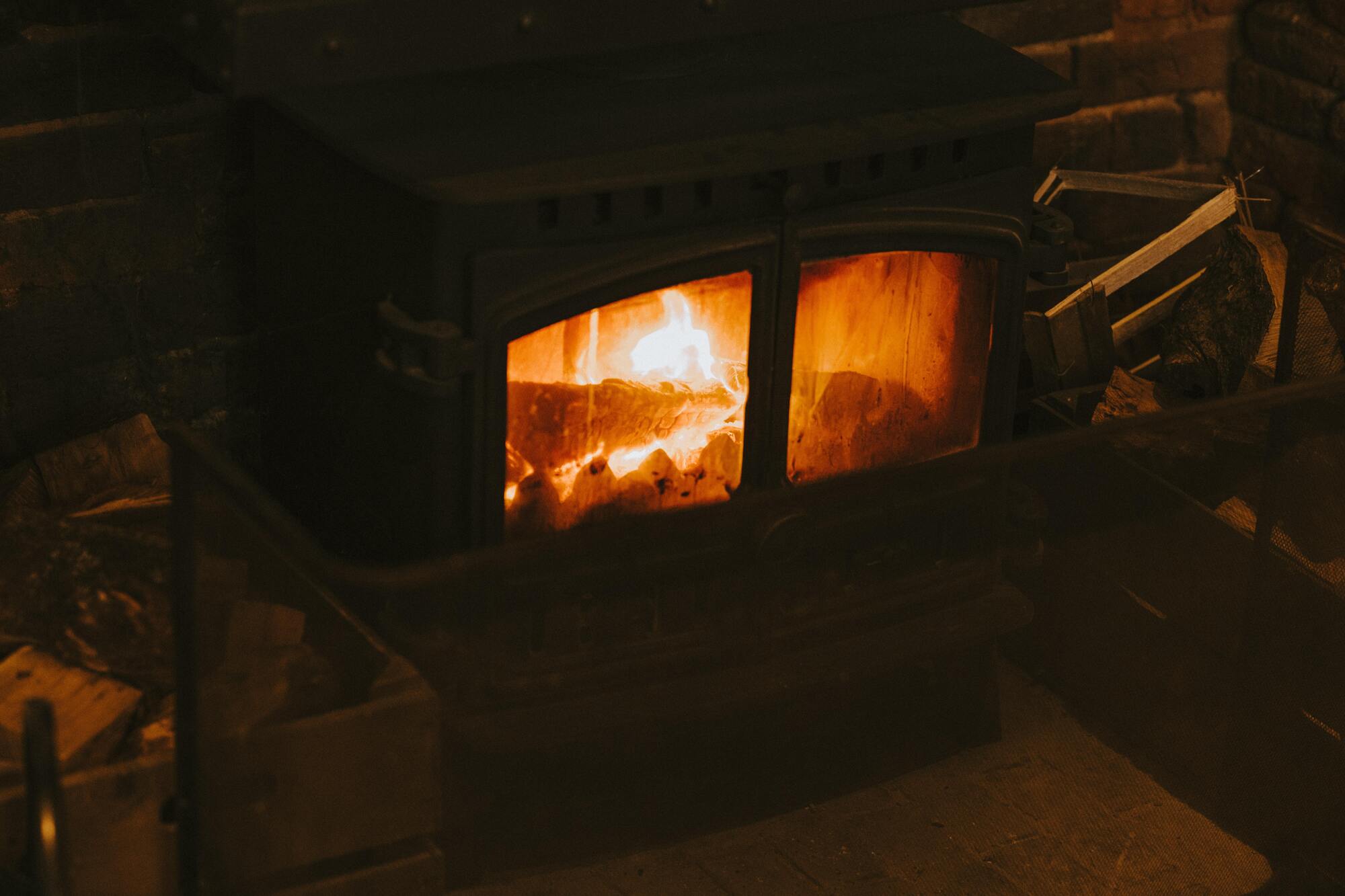
Wood Burning Stove Comparison: Best Wood Burners in 2024

10% off on our Bioethanol Fireplaces. Subscribe Today!
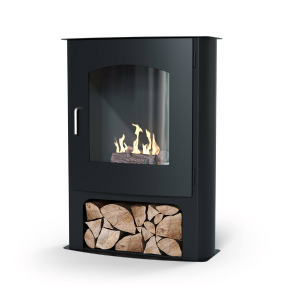
Are you worried about your fuel bills?
It's no surprise because the costs of heating your home have skyrocketed over the past couple of years. So while many of us are crowding around a candle in chilly homes, others are considering the benefits of a wood-burning stove.
However, not all wood-burning stoves are equal, and some are better for the environment than others; offering better all-around fuel efficiency.
This article will compare wood-burning stoves for efficiency, environmental impact, and cost. And we'll offer some greener alternatives along the way.
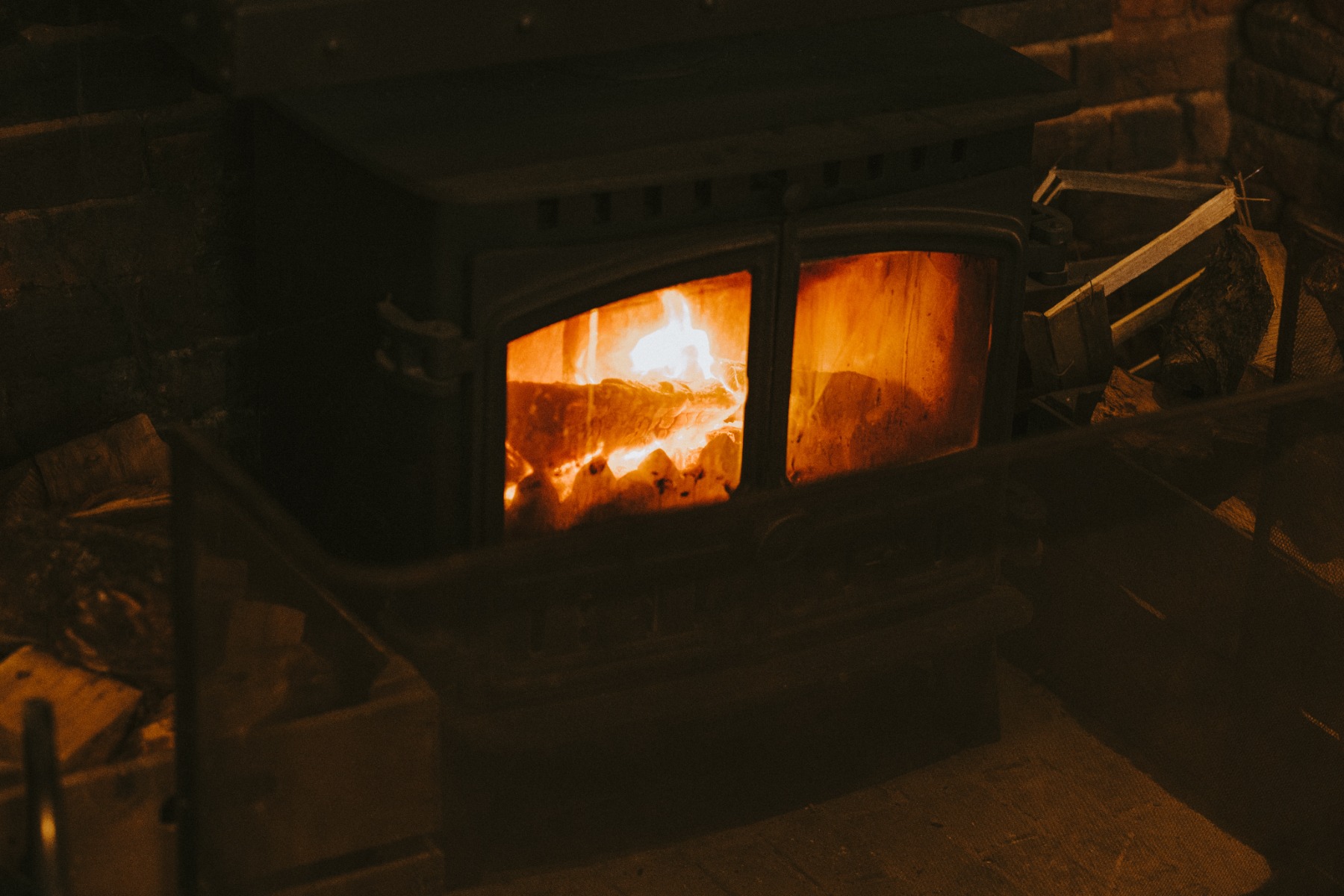
How do you compare the efficiency of wood-burning stoves?
You might wonder: how do you measure the efficiency of a wood-burning stove?
Well, there are a couple of metrics to look out for:
- The heat output
- The efficiency rating
The heat output rating
The heat output rating is described in kilowatt-hours (or kWh). Effectively, the higher the kWh rating, the more heat the wood burner can produce.
However, higher isn't always better, especially if you're heating a smaller room. Wood burners get ferociously hot; some are certainly too hot for smaller spaces.
When choosing a wood burner for your space, find an appropriate burner using the following formula:
- Calculate the cubic volume of the space — multiply the width by the height and length.
- Divide the cubic space by 14 — this will provide a suitable kWh output for your room.
Therefore, if your room is:
4m long, 3m wide, and 2.3m high, the cubic volume is 27.6㎥. (4 x 3 x 2.3)
Then, divide 27.6 by 14 = 1.97kWh
This means you're basically looking at 2kWh as a practical guide for the power your wood burner should be to keep your space nice and toasty.
A wood-burning stove's efficiency rating
The efficiency rating is represented in percentage terms, indicating how much fuel is likely to be wasted by disappearing up your chimney or flue pipe.
For example, a wood burner with an efficiency rating of 80% wastes 20% of its fuel through combustion and distribution.
No wood-burning or coal stove is 100% efficient because these fuels require an outlet, which inevitably leaks some of the heat into the air outside the home.
However:
Bioethanol fireplaces ARE 100% fuel efficient because they don’t require a chimney or flue. More about bioethanol later.

Good insulation contributes to fuel efficiency
In addition to the heat lost from the chimney or flue, overall fuel efficiency relies on good home insulation. Effectively, if your home holds onto its heat well, you’ll get better fuel efficiency.
So, the fuel efficiency rating of your wood burner is estimated in a best-case scenario — you could get worse efficiency if your home is draughty.
Which is the most efficient wood-burning stove?
While all fireplace vendors will tell you about the efficiency of a wood burner, there are some other things to consider that can help you make the right decision about which to buy.
When you look for a wood-burning stove, consider the potential burn time, which can be a good indicator of overall efficiency.
"Burn time" is the duration for a single load of wood to burn from ignition through to smouldering. It's nothing to do with flames — high burn time refers to the heat output rather than the visible flame.
Typically, hybrid or catalytic wood-burning stoves offer the most extended burn times.
What is a hybrid stove?
A hybrid stove has two burn systems within the fuelbox:
The first is a thermal combustion system, consisting of burn tubes that work best at temperatures of 1000ºF, delivering secondary combustion that incinerates most of the smoke.
The second burn system is a catalytic combustor, which helps lower the burning temperature to 500ºF, so it will run more efficiently at medium and low burn rates.
What is a catalytic stove?
A catalytic stove contains just the catalytic combustor, which converts smoke and pollution into energy you can use in your home, especially when running at a low burn.
Are wood-burning stoves worth the investment?
If you're considering a short-term way to lower your energy bills, a wood burner is possibly not the way ahead. A typical wood-burning stove costs around £2000 to install, and — of course — there's the cost of suitable wood for burning.

In most towns and cities, it’s illegal to burn undried or unseasoned wood in your wood burner. This helps protect air quality and minimises pollution.
Now, you can burn wood classified as Ready To Burn — that’s wood with a moisture content below 20%, which will produce very little smoke.
Also, all new fireplaces sold need to comply with the EcoDesign standing, which limits the amount of emissions permitted by a wood-burning stove. This standard applies to newly manufactured wood or coal burners — you can probably still buy older models from suppliers or second-hand.
Is there a greener alternative to a wood-burning stove?
Of course, wood and coal burners are widely associated with air pollution in towns and cities. However, newer wood burners that comply with EcoDesign standards while burning Ready To Burn fuel have considerably less impact on air conditions.
But if you're considering how to reduce your heating carbon footprint, consider the benefits of bioethanol.
Bioethanol fuel is made by fermenting the by-products of field crops, such as sugar cane. Effectively, bioethanol is denatured alcohol — that's alcohol with an added denaturing agent that prevents human consumption.
How is bioethanol green?
Bioethanol burns cleanly without creating smoke, soot, ash, or any mess to clean up. And it’s for this reason that you don’t need a chimney or flue.
Bioethanol uses oxygen to complete combustion, converting the fuel and the air into heat and light (without smoke). Combustion creates a small amount of carbon dioxide — about the same as burning a couple of candles.
You'll find that your houseplants thrive in a room with a bioethanol fireplace because they absorb carbon dioxide as part of photosynthesis.
Bioethanol is 100% fuel efficient
In contrast to wood burners, bioethanol is 100% fuel efficient because you don't need a flue. This means that all heat produced by your bioethanol fireplace stays in the room — it doesn't get lost up the chimney.
Many people believe bioethanol fireplaces are purely decorative, but you’ll find that they efficiently warm your room — producing around the same amount of heat as an electric heater on medium.
While bioethanol isn’t recommended as a replacement for a central heating system, it will keep your room warm and toasty, bringing the calming energy of a safe, real flame into your home.
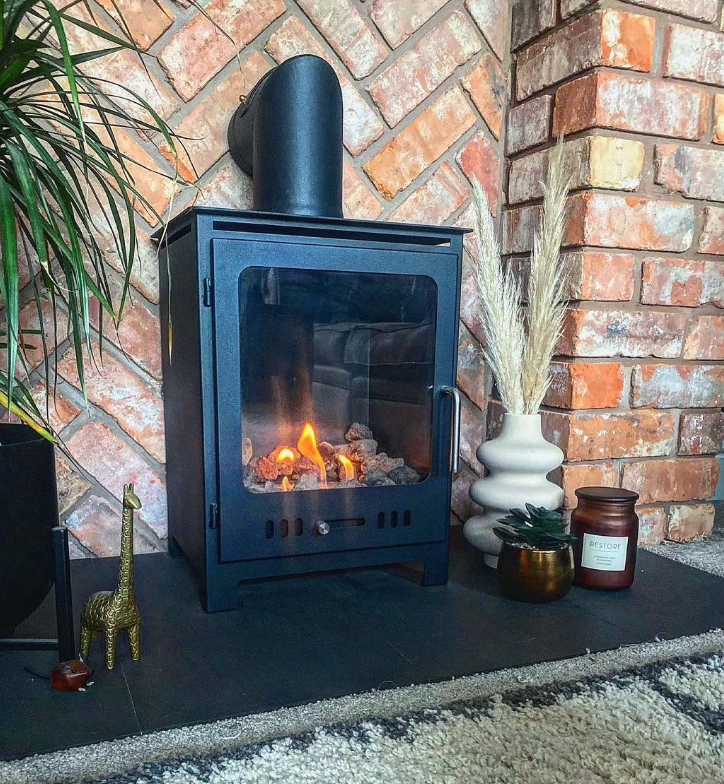
More on bioethanol wood burning stoves
Check out our range of stunning, affordable bioethanol fireplaces, from free standing designs to traditional wood burner styles.
Get in touch, and we’ll be happy to talk you through your options.
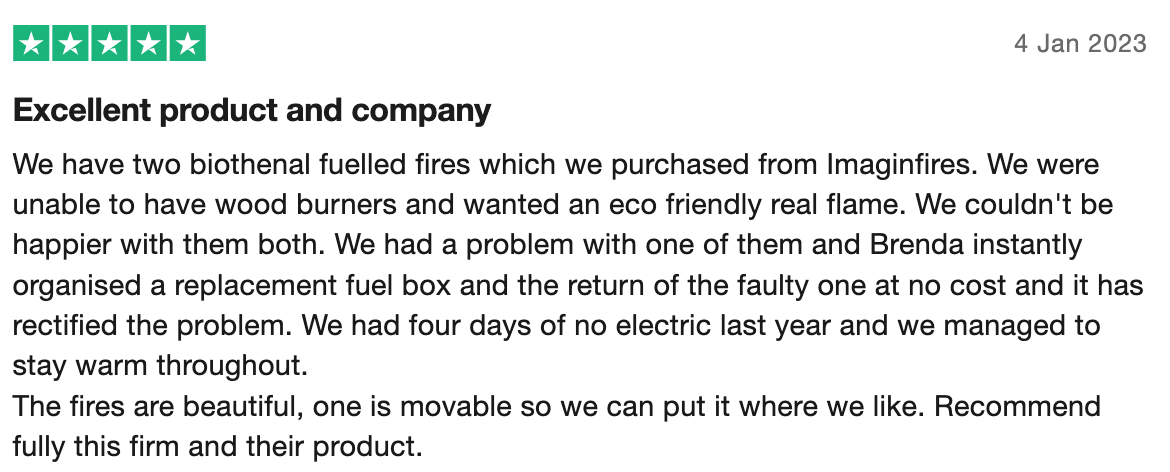


Leave A Reply
Your email address will not be published.